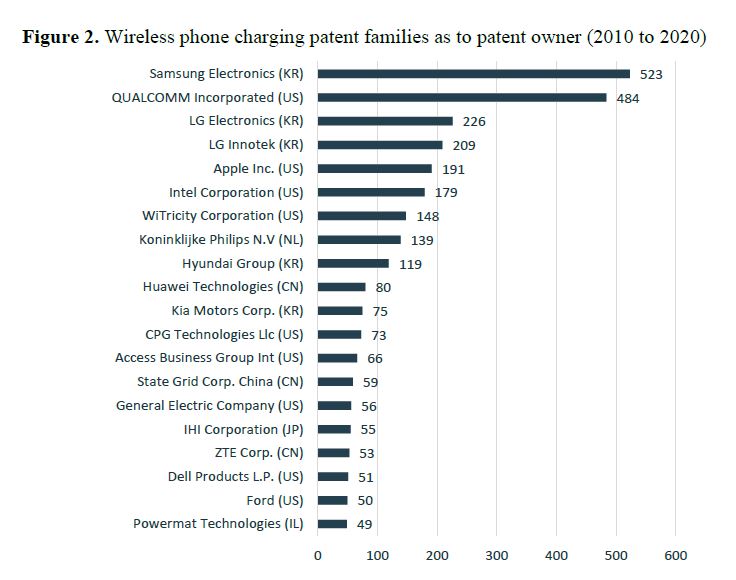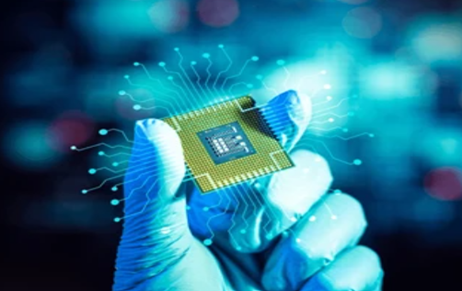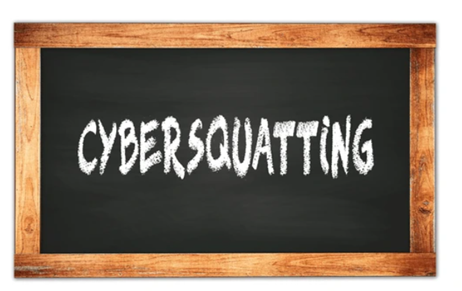Currently, semiconductors act as the foundation for advancements in the technological field such as smartphone…
Role of NPEs In Shaping The Wireless Charging Industry
Wireless charging or Non-Contact Power transfer is an interesting technology that dates to the late 19th century when Nikola Tesla demonstrated electricity through the air using magnetic resonant coupling.
Though his plans to wirelessly transmit power through the Wardenclyffe tower failed in the early years of the 20th century due to funding and trust issues, a lot of innovators took it quite seriously and attempted to design such systems that can wirelessly transfer power to long distances.
Thanks to Nikola Tesla and his vision, we have now successfully developed Wireless charging systems that can wirelessly transmit power up to 10 inches as disclosed in the SAE J2954 standard for wireless electric vehicle charging. However, in addition to maximum charging distance, companies and R&D centers are also focusing on other user experience-related factors such as compatibility and interoperability.
Nowadays, more and more wireless charging models and brands are coming up in the market. Thus, in today’s world interoperability is one of the key requirements. This has also led to the standardization of Wireless Charging Technology with a little scope of deviation from the standard technology. Qi standard, launched in 2008 is one of the most popular wireless charging standards which is incorporated by almost all major smartphone, smart-device companies as well as automobile companies for in-car wireless charging. Other standard organizations like ISO, and SAE international have developed wireless charging standards for high power application areas, such as ISO15118, SAEJ1773, and SAEJ2954 for Wireless Electric Vehicle Charging.
Since the standardization of technology aims to promote Standardized interoperable products and FRAND terms for reasonable royalty rates for companies, it is deemed beneficial for both users and companies. However, in such a scenario, a disruptive role is played by those patented technologies that are designed around the standard-essential patents to give add-on features to the final product. Such patented technologies are mainly user-centric and are aimed to give a pleasant experience to users in addition to basic standard-essential technologies, thus giving an edge to the patent holders and also giving rise to Patent infringement and litigations.
A report published by IPLytics shows that Samsung, Qualcomm, and LG collectively hold the majority of patents in this space and key technologies in this space.
Till 2020 LG Innotek was among the largest patent-holding entities in the Wireless Charging Technology space. However, after an official announcement by LG Electronics that it is closing its mobile business unit, their key R&D division LG Innotek started shedding its patent portfolio related to Wireless Charging Technology. As per news reports published by The Elec, in Feb 2021 LG Innotek sold 128 US patents related to wireless charging to Scramoge Technology, an Ireland-based Non-Practicing Entity. These patented technologies are related to various aspects of wireless charging technology and are spread across multiple jurisdictions. After a couple of months, LG Innotek sold another 78 patents related to wireless charging to Scramoge Technology. Since LG Innotek is one of the frontrunners and base patent holders in the field of Wireless Charging Technology space, it is expected that wireless charging-related base patents and design around patents sold to Scramoge Technology would surely affect this business segment.
The last few years have seen a rise in the patent litigations in the Wireless Charging Technology field with Scramoge being one of the key Plaintiffs. Scramoge has sued key players in this technology space, like Samsung, Apple, and Google. Though the defendants are fighting back with an Inter partes review petition yet considering the count of patents that Scramoge Technology now holds in the Wireless Charging domain, we may see more infringement complaints in this case.
With the recent entry of key technology originators like WitriCIty and other Non-Practicing Entities like Creekview IP in the Wireless Charging Patent Litigation space, it seems that we will witness more such patent litigations in near future. This has also made small players concerned about their position in the market. They need to revisit their Patent and Technology portfolio to locate those Standard Essential Patents in their patent portfolios that may give them an edge in this business segment through collaboration and/or litigation.
In the coming years, it would be worth keeping an eye on NPEs and small players with base patents in this space, they are surely going to play a crucial role in shaping the Wireless Charging Industry.
Author: Sanjay Sharma – a Patent Solutions Architect at Khurana & Khurana, Advocates and IP Attorney, in case of any queries please contact/write back to us via email sanjay@iiprd.com.




